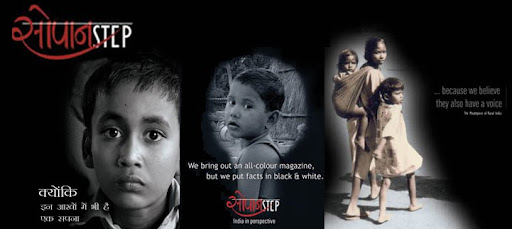Lakshmi Singh
A study suggests 27 per cent of call centre
workers in the country use drugs. Karnataka and Andhra Pradesh today have the
highest number of school children using drugs.
Drug menace among children
belonging to the upper class is not a new phenomenon. Earlier, Goa was a hub of drugs. Even in some high-end parties in
major metros, drugs keep guests on a high. Use of cocaine and mind-altering
amphetamines has become very common.
Technology has also helped
spread and access to drugs. You can order it via internet and get it
home-delivered. India
A study suggests 27 per cent
of call centre workers in the country use drugs. Karnataka and Andhra Pradesh
today have the highest number of school children using drugs. About 70 per cent
of the youth in Punjab are addicts.
What is alarming is tobacco,
cannabis, inhalants, sedatives, heroin and opium are some of the common items
which are consumed among children on streets, according to a study by the
National Commission for Protection of Child Rights.
Some of the findings of the
study were that over 50 per cent children living on streets reported bad or
very bad relationship or no relationship with the family.
The percentage of inhalant
users was higher in the children living
on streets than in children living at home and the lifetime and last one year
usage of opium was higher in the children living on streets than in children
living at home.
The study "Assessment of
pattern, profile and correlates of substance use among children in India " conducted through the National
Dependent Treatment Centre at All India
Institute of Medical Sciences (AIIMS), New Delhi ,
covered 135 sites across 27 states and two Union Territories
If declining agricultural
incomes and increasing unemployment have made drug addiction a culture in the
states like Punjab , the irony of street kids
are broken homes which forced them to reach the capital to get addicted into
drugs due to torture by police and poverty.
Drugs are so easily available
to school kids to street kids. The natural drugs like marijuana and hashish are
mostly famous among teenagers as it fits their monthly pocket money. What has
revolutionised the market are more lethal synthetic substances, popular with a
generation that now experiments with cocktails simply put, a mix and match of
drugs.
Until a few months earlier, a
new and cheap drug Mephedrone, commonly called meow meow was legally available
and could even be ordered online. A poor man’s cocaine, this white powder cost
just Rs.150 per gram. With almost 80,000 children between the ages of thirteen
and sixteen believed to be addicted to meow meow, the drug was banned in
February this year. But the market for Cocaine, which costs Rs. 3,000 for a
gram is only expanding, with increasing popularity amongst the rich and
glamourous. It is also one of the most dangerous, laced with unknown
substances, including powdered glass. The purer it is, the higher it costs. If
you want the best, you could even be paying Rs. 20,000 per gram.
Most of the kids who were
found selling books flowers, clean cars, beg and steal at the traffic signals
in Delhi Delhi
The National Crime Record
Bureau (NCRB) came out with shocking figures of crimes against children: 5,484
children were raped and 1,408 others killed in India
The NCRB figures are based on
FIR and daily diary reports and, therefore, hide more than they reveal as the
worst victims of child abuse are not counted at all. "Street children are
abuse physically, mentally and sexually on a daily basis. They get trapped in a
cycle of abuse that leads to drugs and crimes, but no one is bothered,"
says Sanjay Gupta, Director of Chetna, an NGO working for street children in Delhi Delhi
More than 20,000 people have
committed suicide due to drug addiction related issues in the last 10 years.
There’s an urgent call to treat this as the epidemic. Else rural or urban, this
calls for urgent attention or else we’ll soon be facing India’s lost generation.
